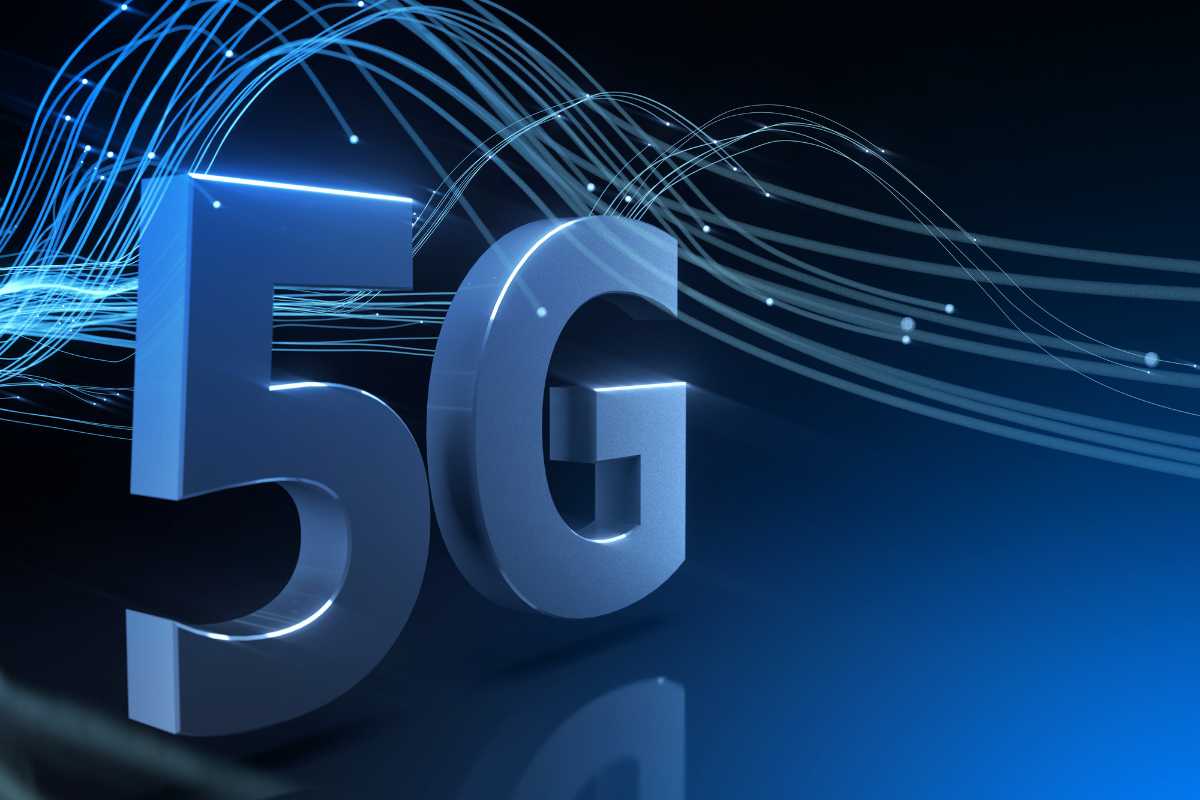
In recent developments of the ongoing 5G wireless deployment issue, the US Federal Aviation Administration (FAA) has issued another warning on Thursday stating that the new 5G wireless service is still capable of disrupting flight services and that there were “big differences” between the protocols of US aviation and those that were deployed in France. Furthermore, FAA also went on to create a separate page for 5G and aviation safety on late Thursday where it asked questions about the potential impacts of 5G wireless on sensitive aeroplane electronics like altimeters.
The Current Scenario
Previously, the major telcos from the US – AT&T and Verizon have come to terms to postpone the deployment of 5G wireless services due to the lurking fears of 5G services causing hindrance to flight safety equipment. AT&T released a statement confirming the deal in which it said that at the request of Transportation Secretary Pete Buttigieg the company has voluntarily agreed to a two weeks delay on the deployment of its C-Band 5G services until January 19.
FAA had said that the delay in deployment of services will indeed provide time to assess the situation and figure out ways in which the disruptions to the altimeters can be minimised and will also give companies more time to ready up. FAA also went on to explain that the 5G airport buffer zones in France protect “96 seconds of flight”, however, the US aviation safety protocols protect only about the last “20 seconds of the flight”. Talking about where the US lacks, FAA mentioned the use of antennas by France which are tilted downward and are not available in the protocols used by the US.
Previously, the 3.7 GHz – 3.8 GHz frequency bands were acquired by AT&T and Verizon after bidding tens of billions of dollars in the month of February. The companies had also postponed the deployment earlier in November when FAA issued a bulletin warning against the potential threat of 5G wireless service. However, it has now been assured that AT&T and Verizon will be able to deploy the services this month and FAA will identify 50 airports by Friday which the companies have agreed to as temporary buffer zones. Although, FAA has said in a statement that even after 50 airports are covered, the threats of 5G wireless will lurk around to disrupt the functioning of in-flight devices during low visibility.















